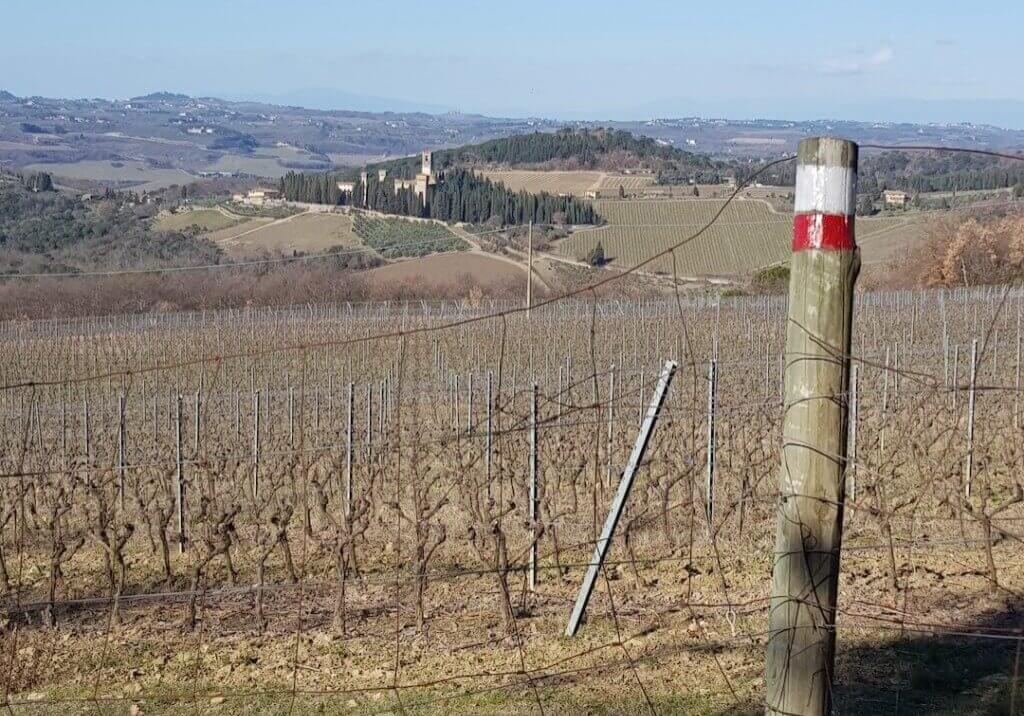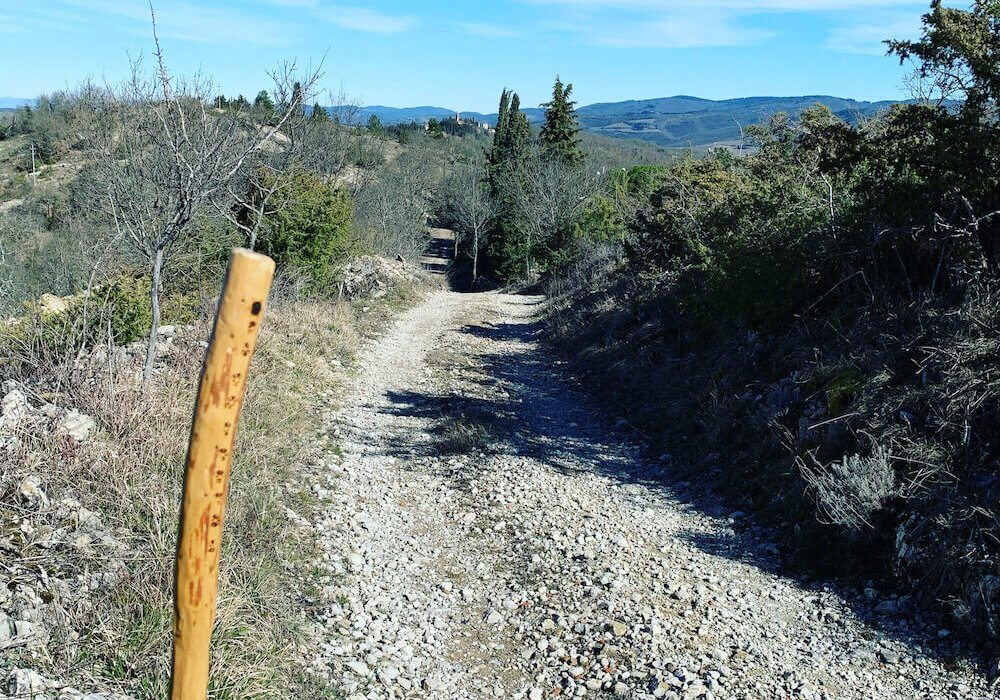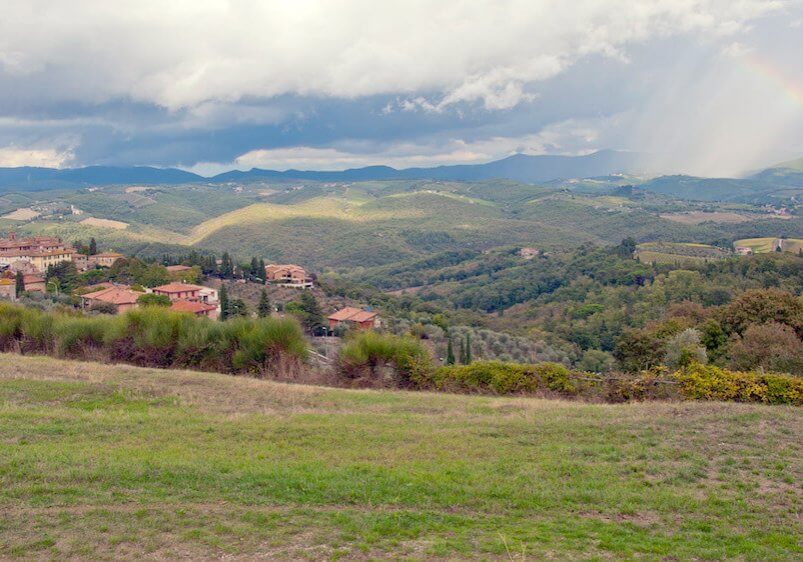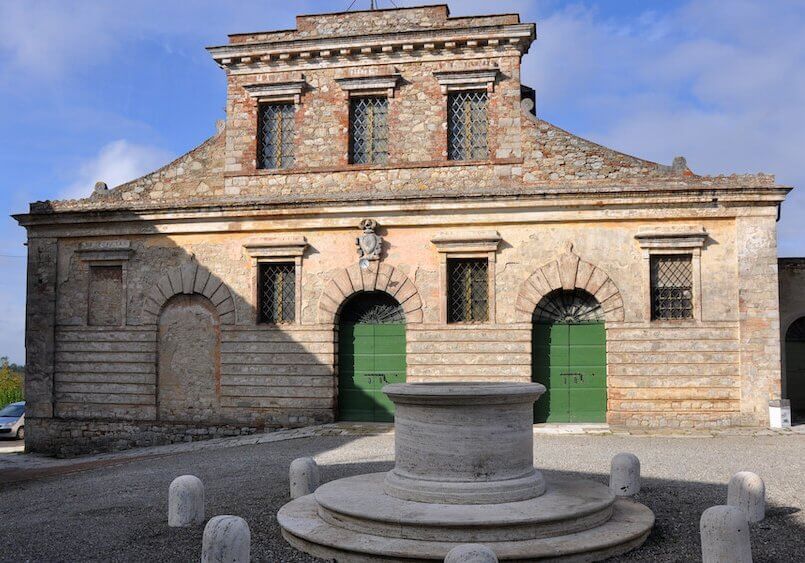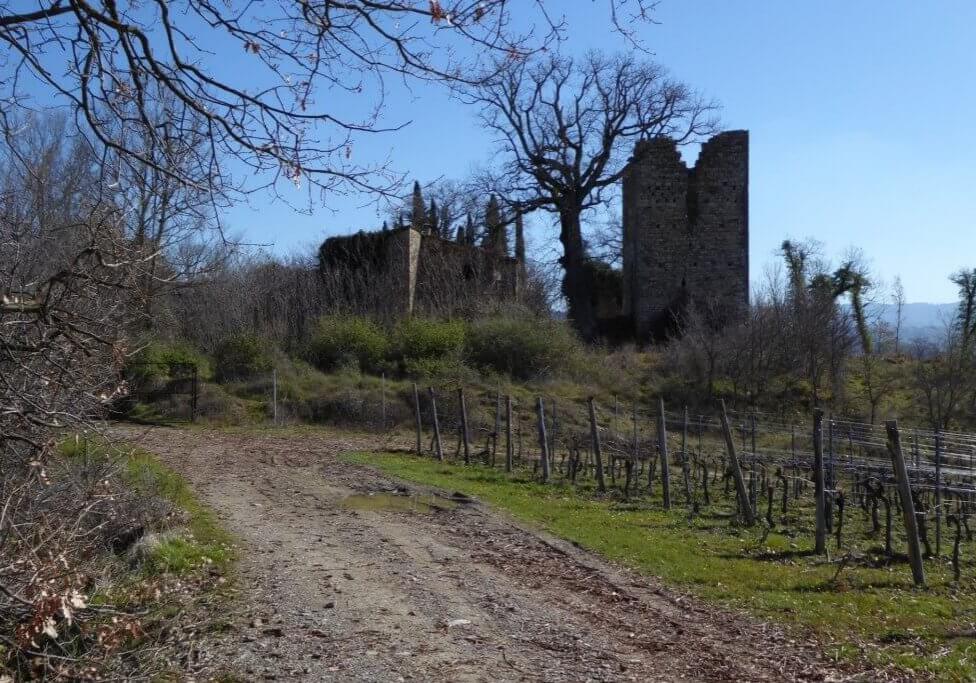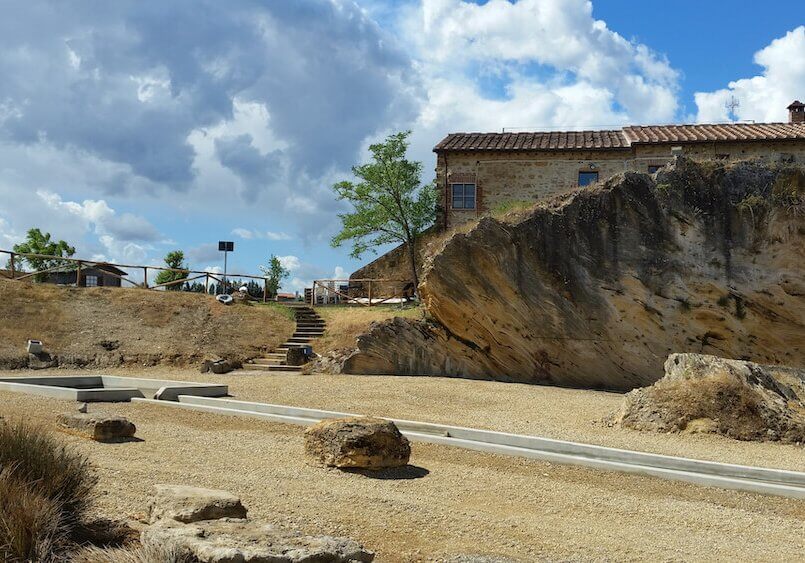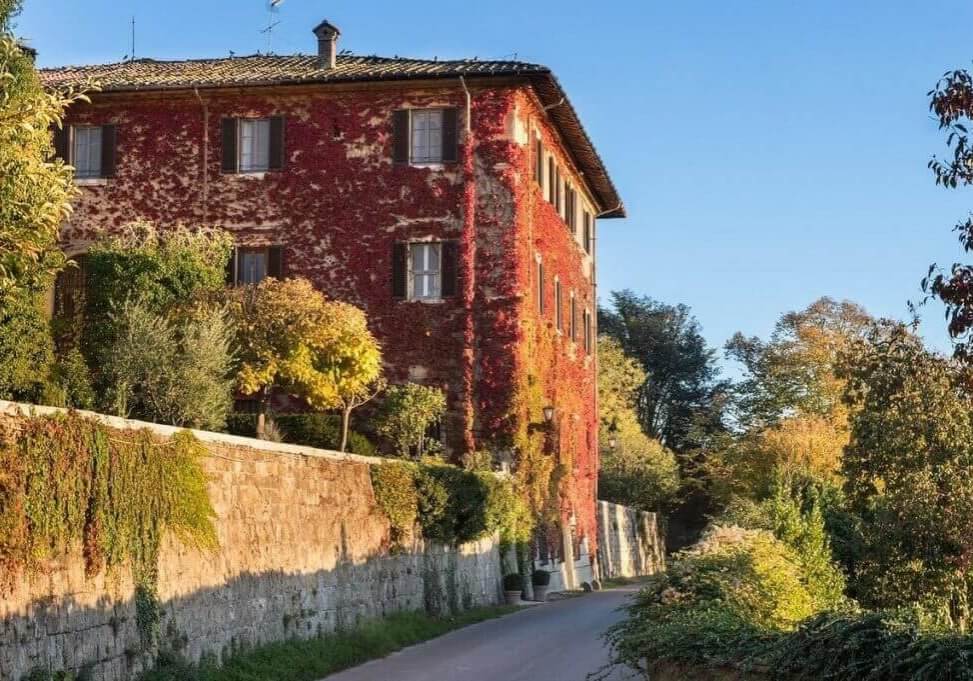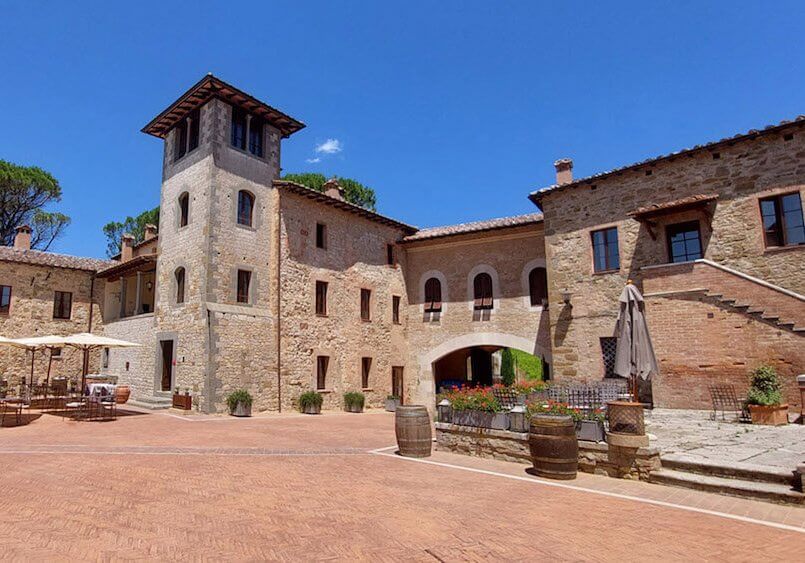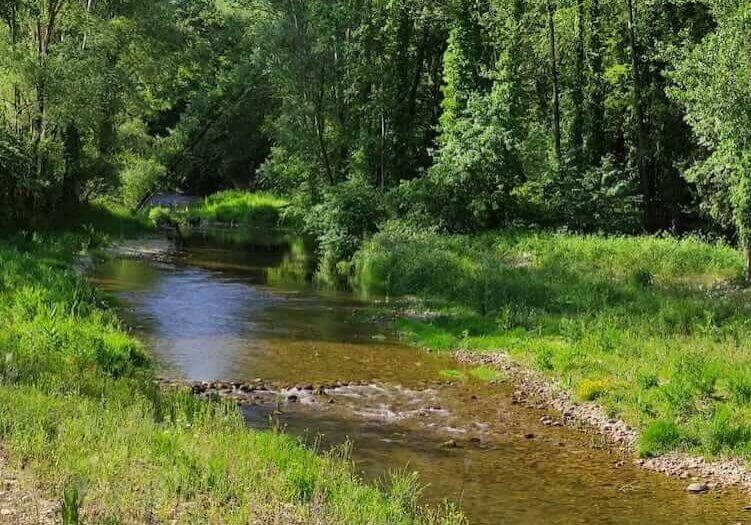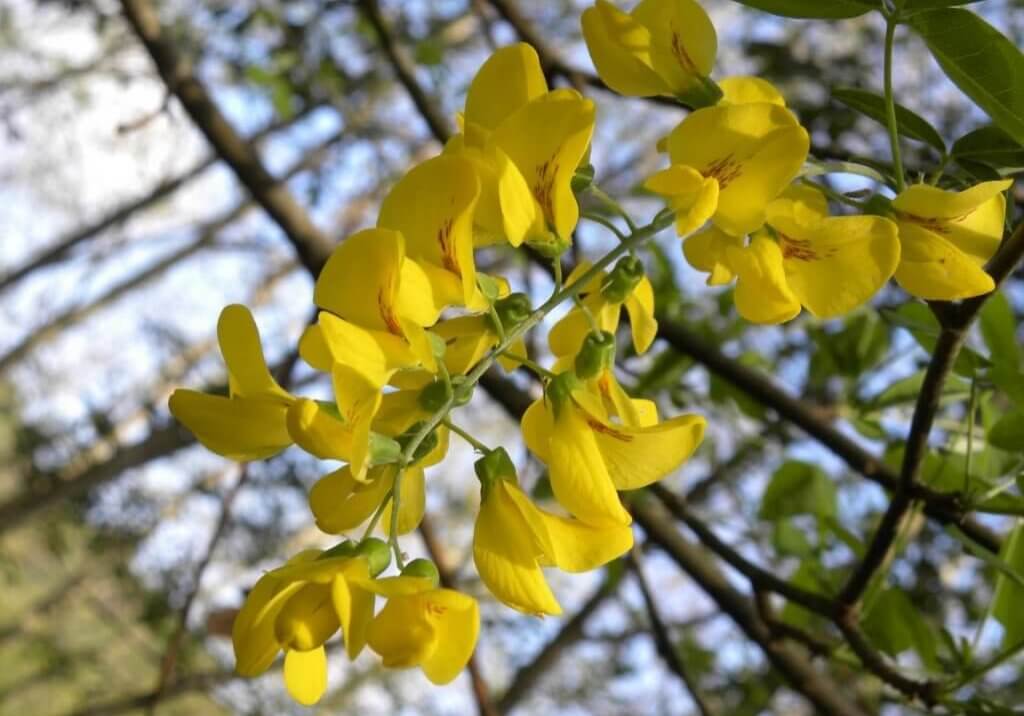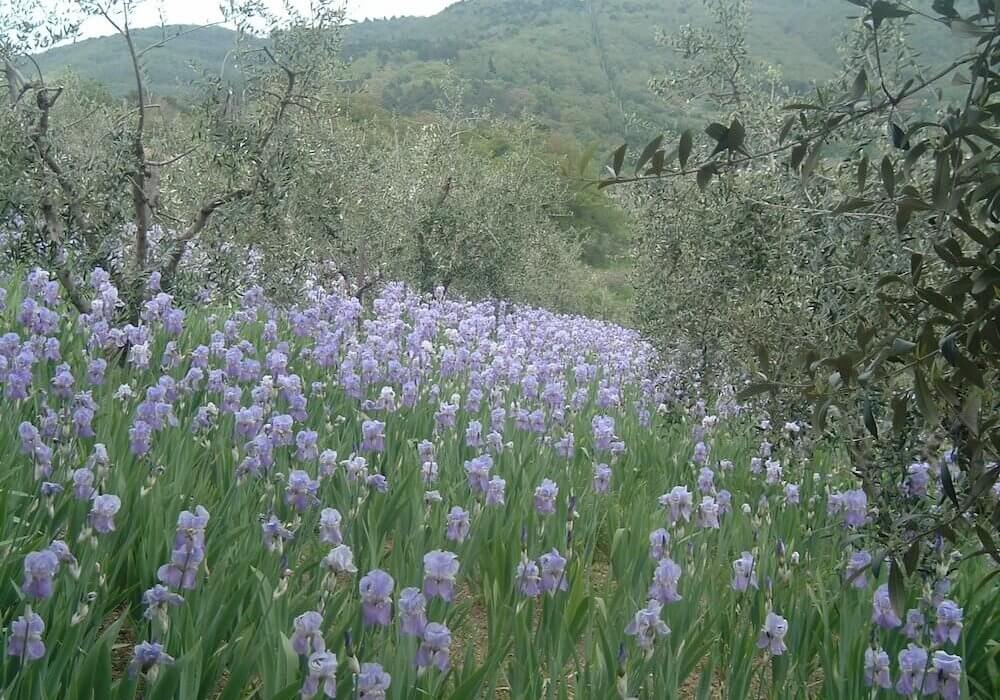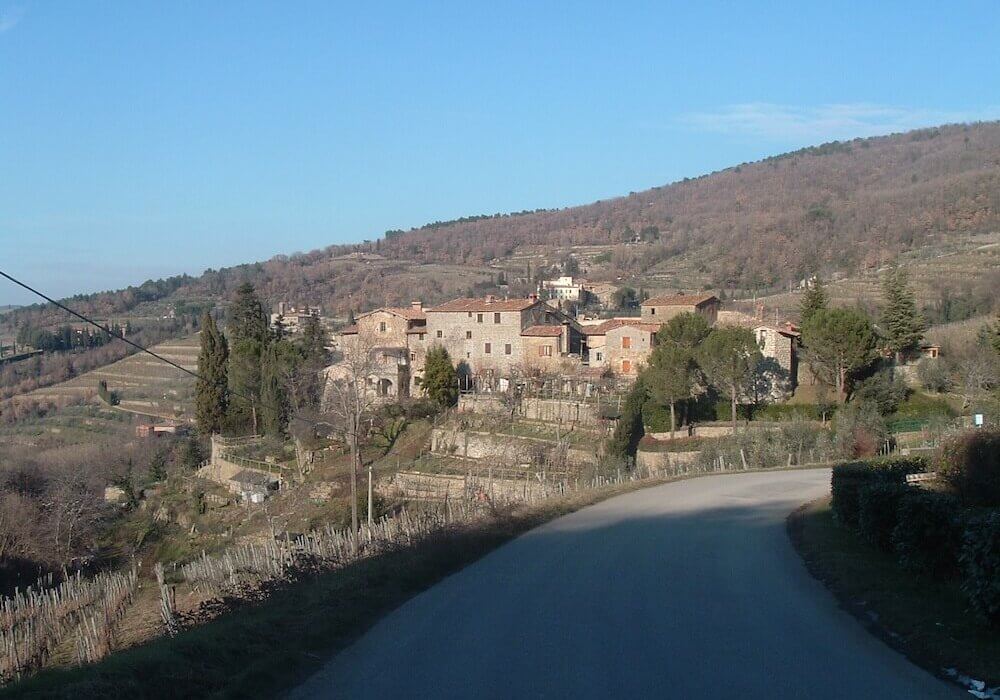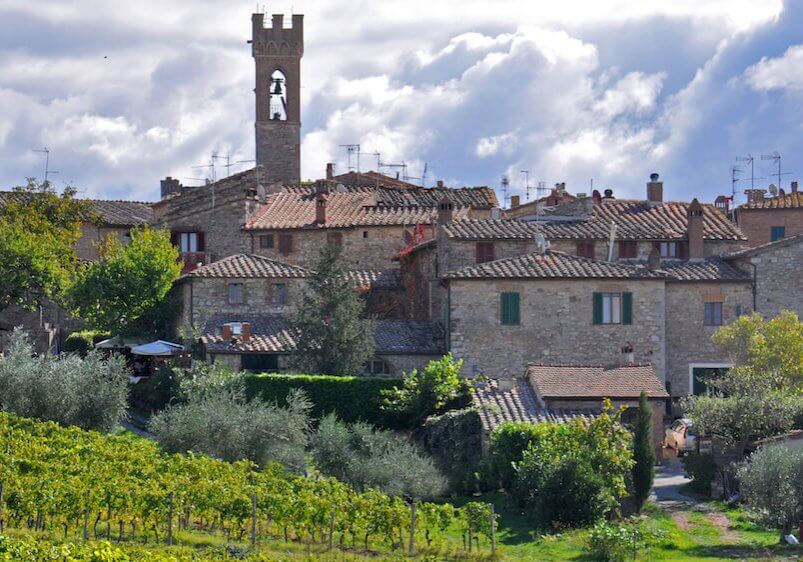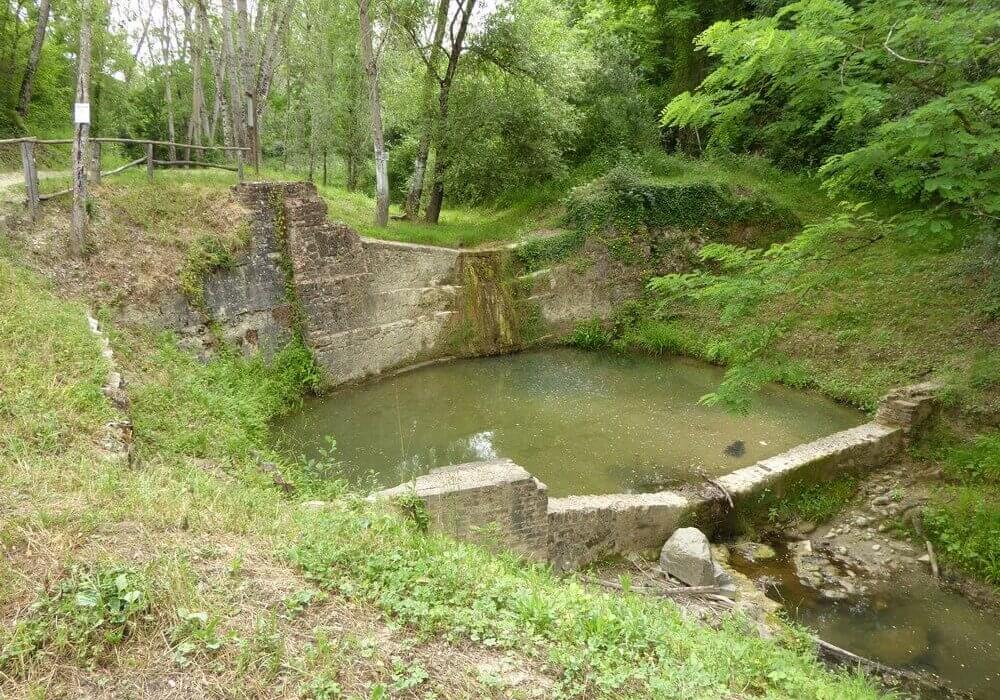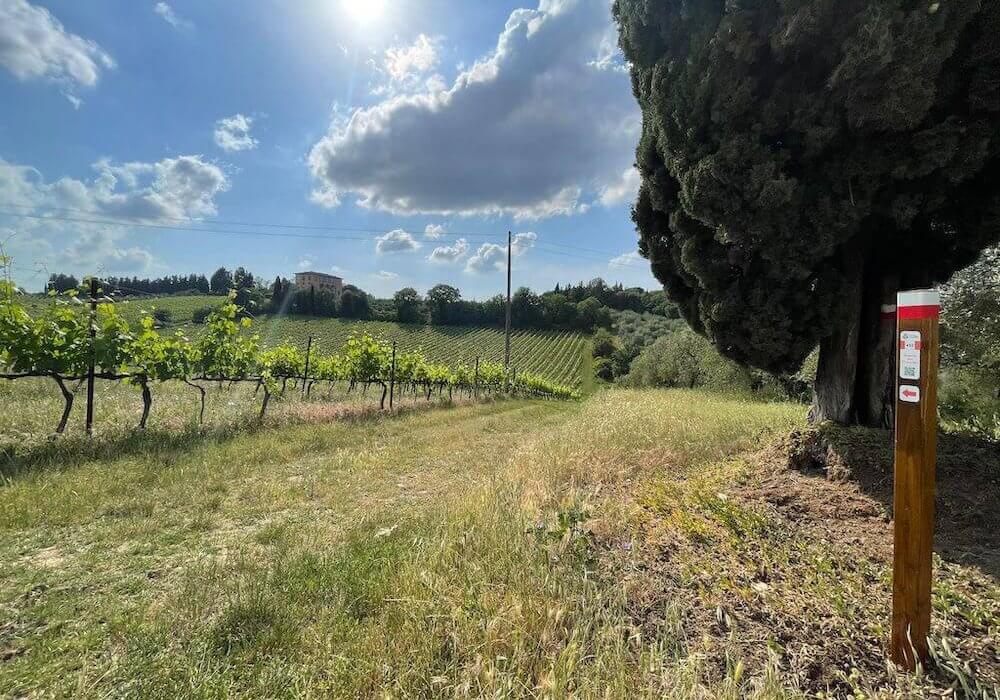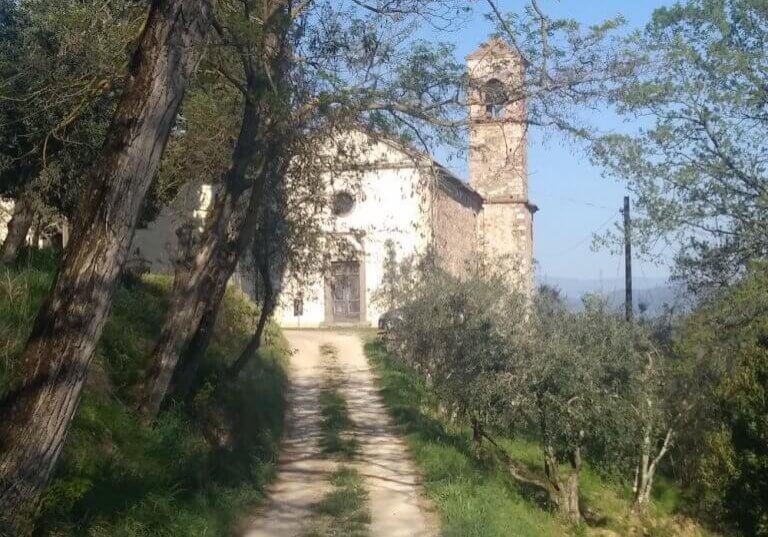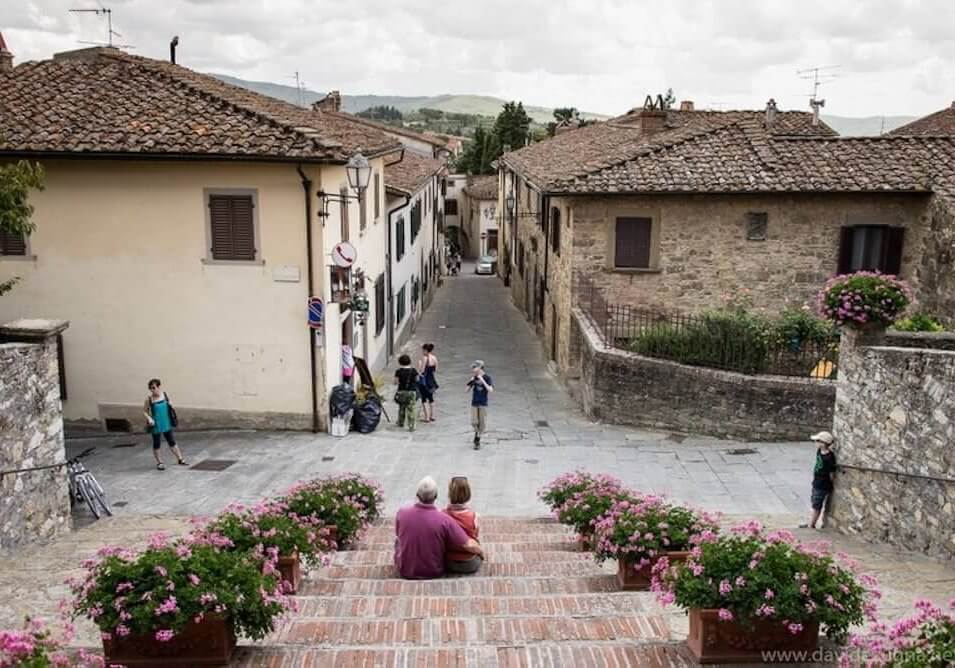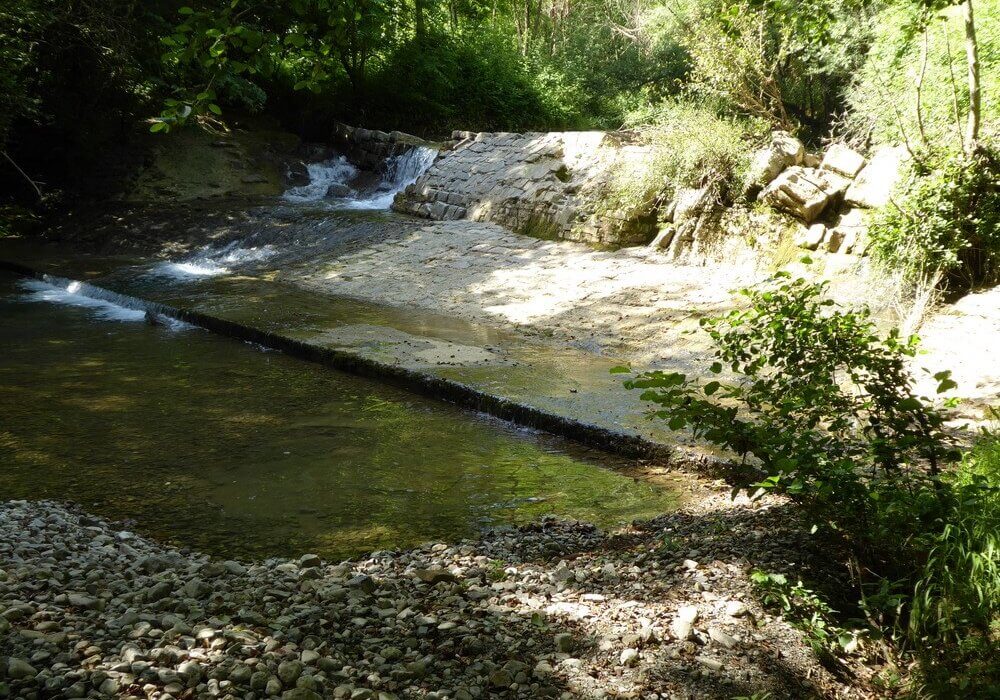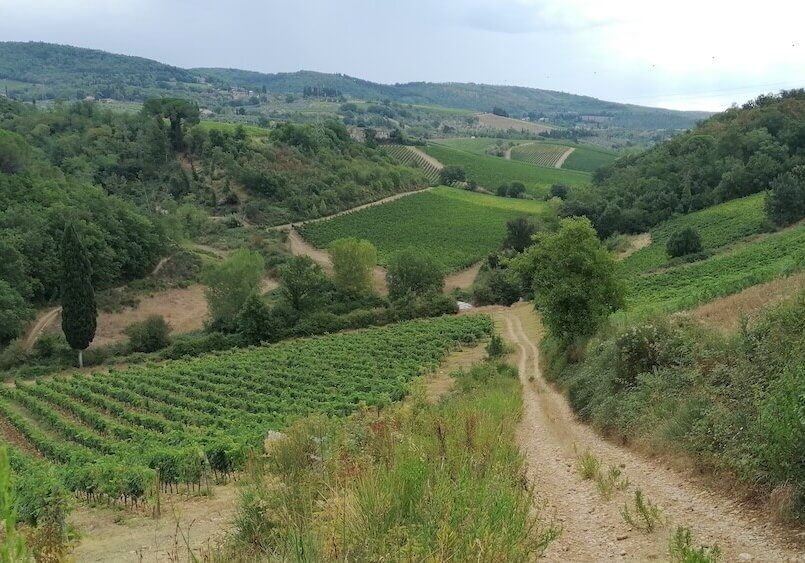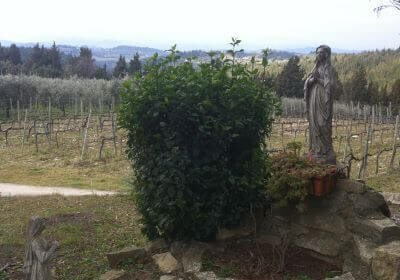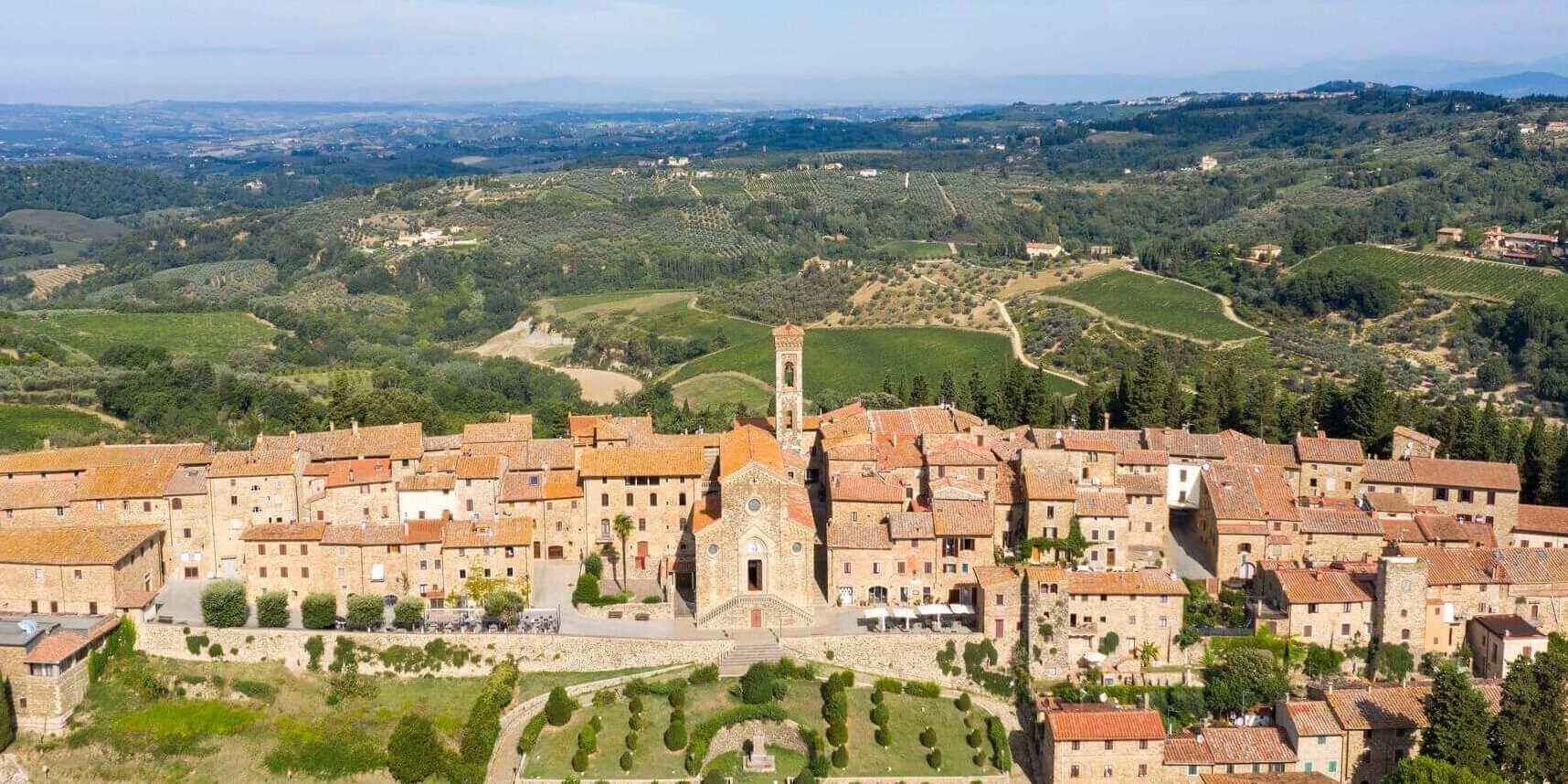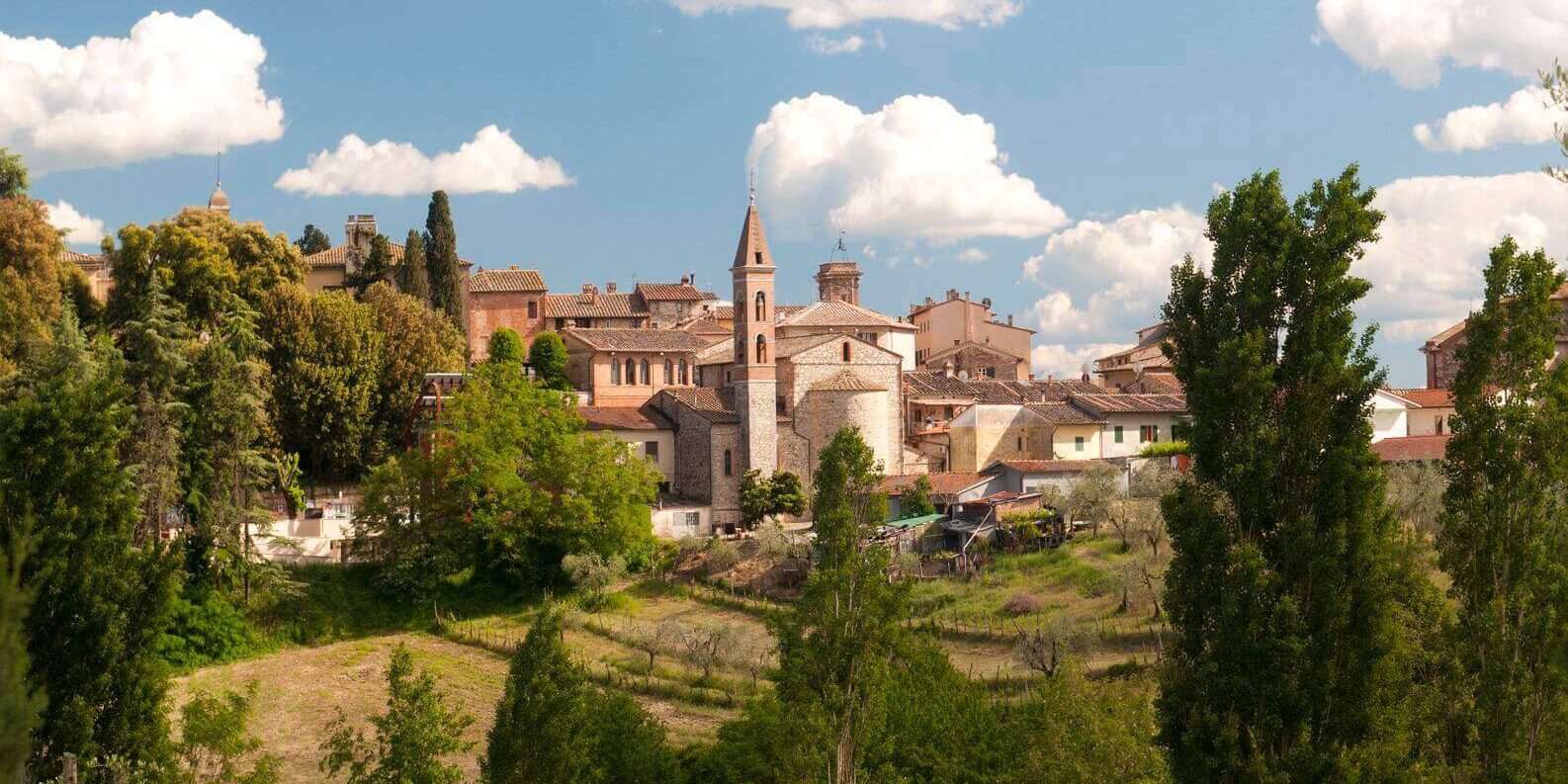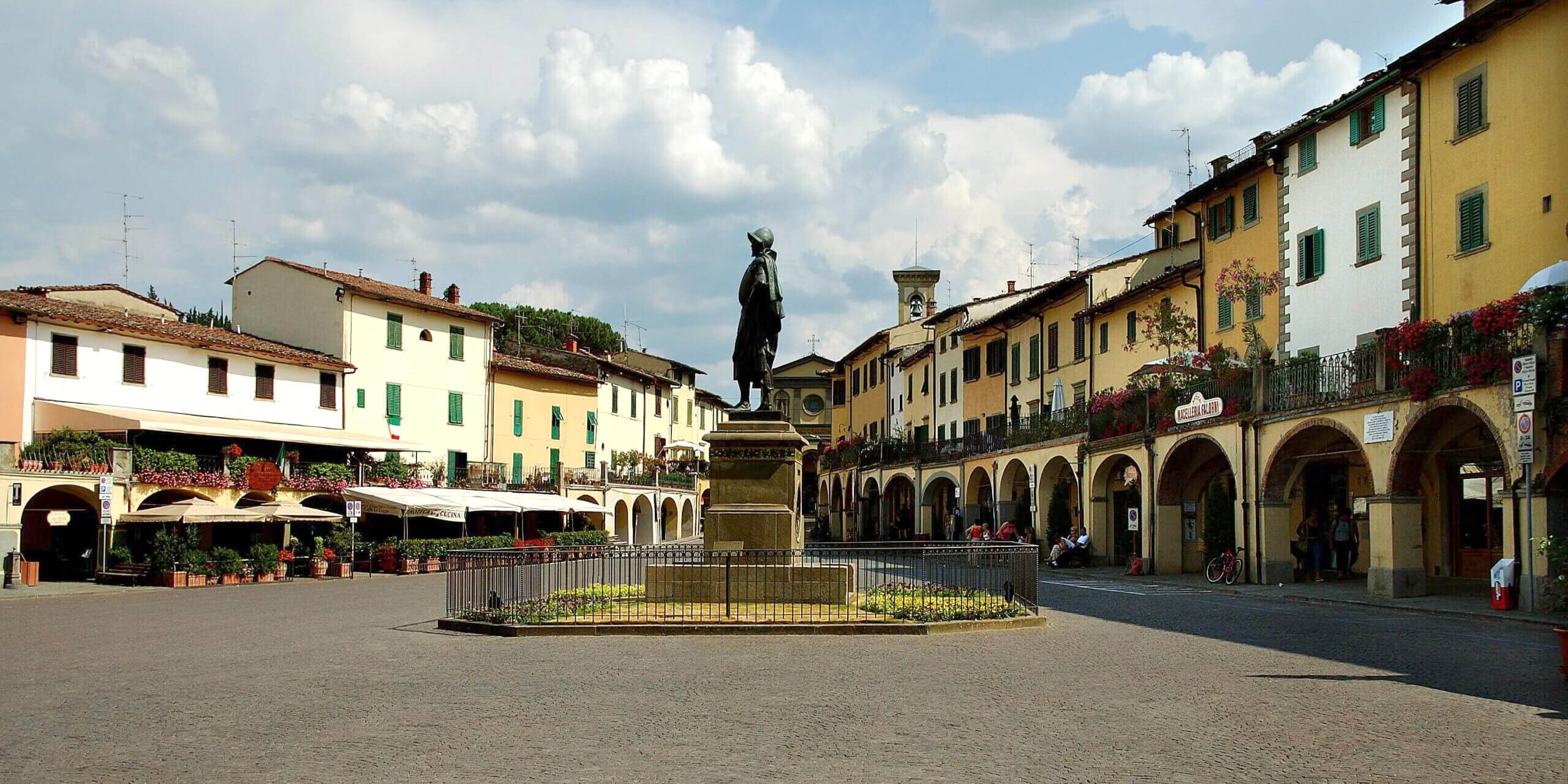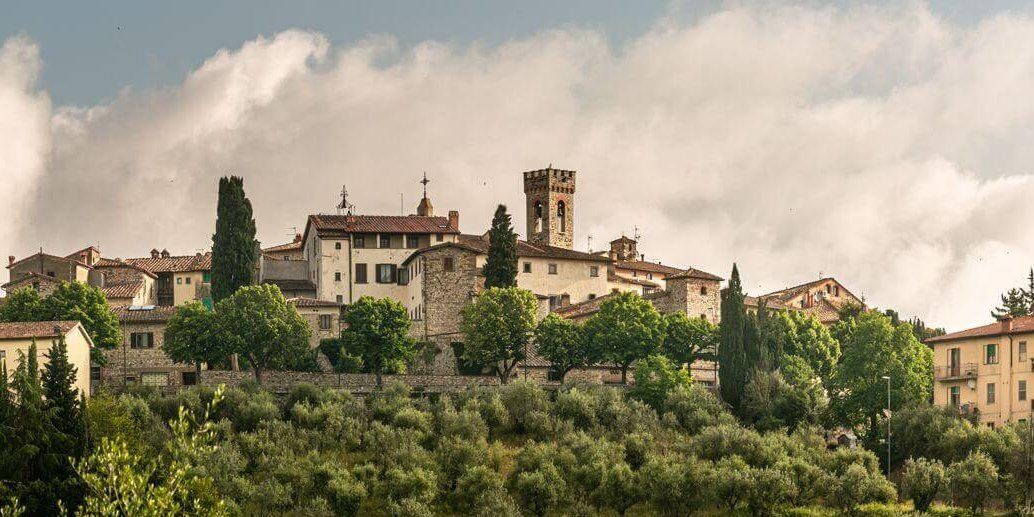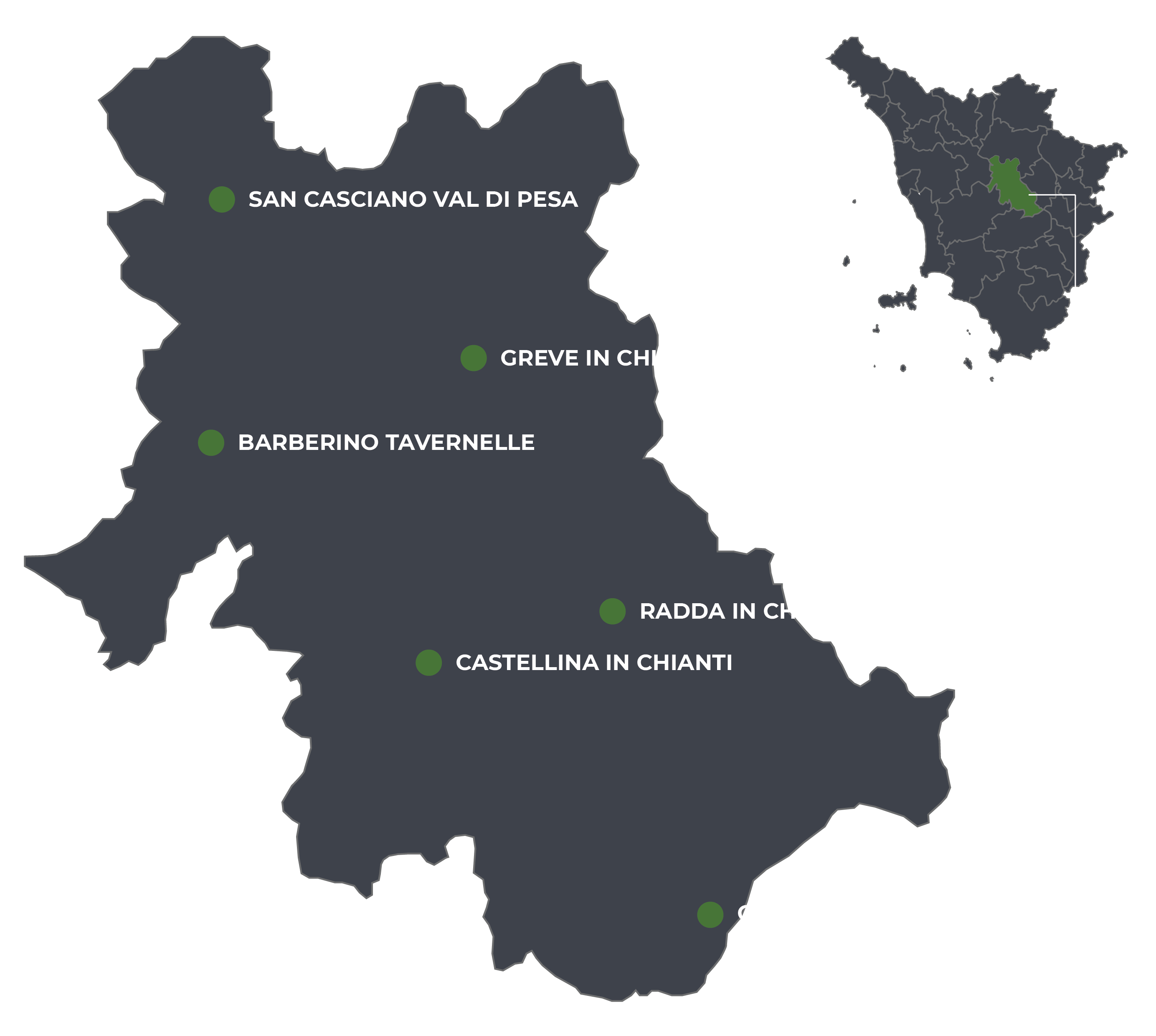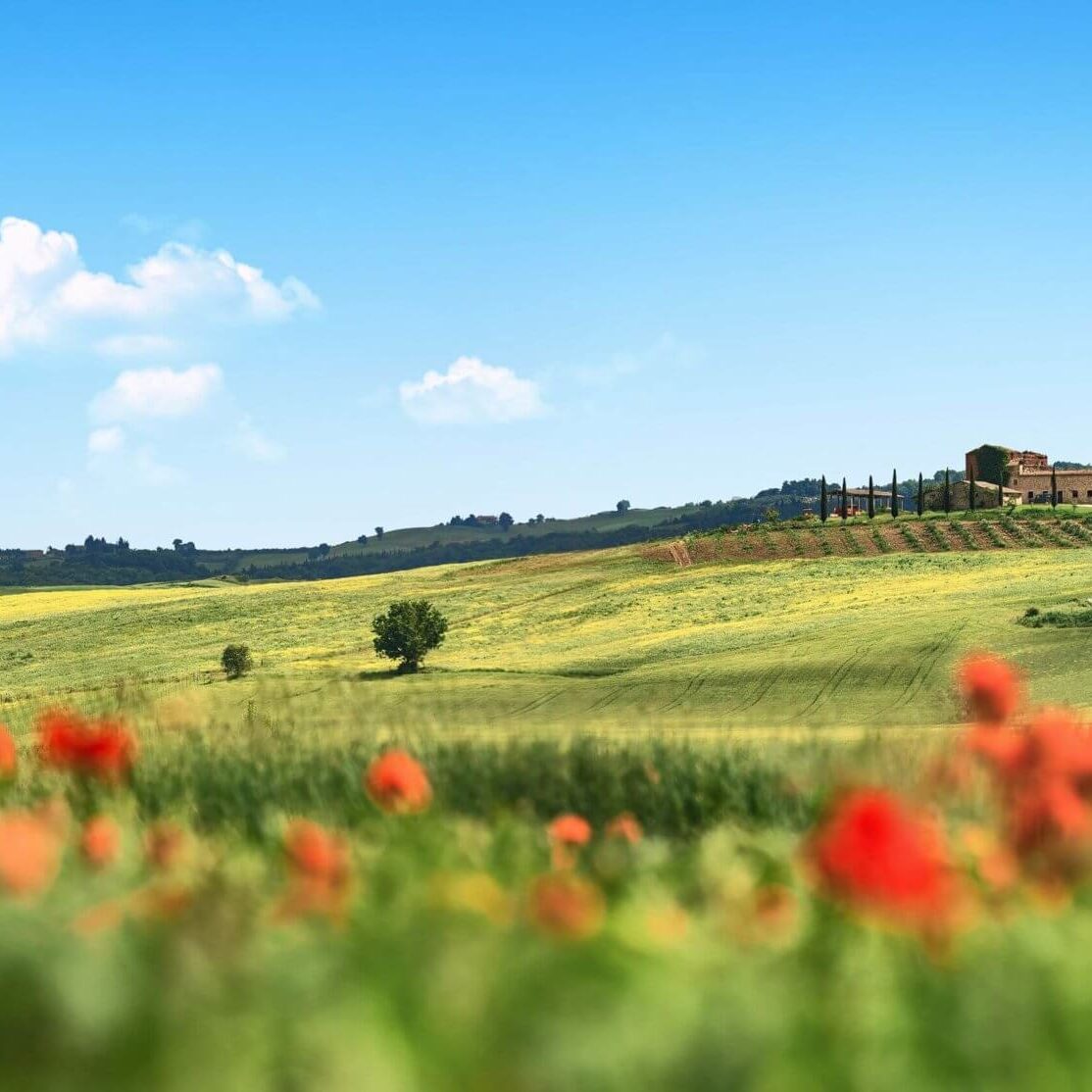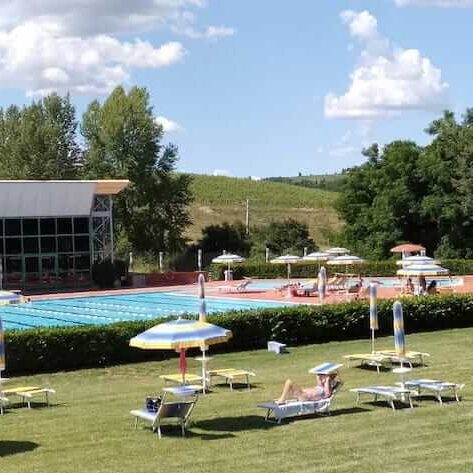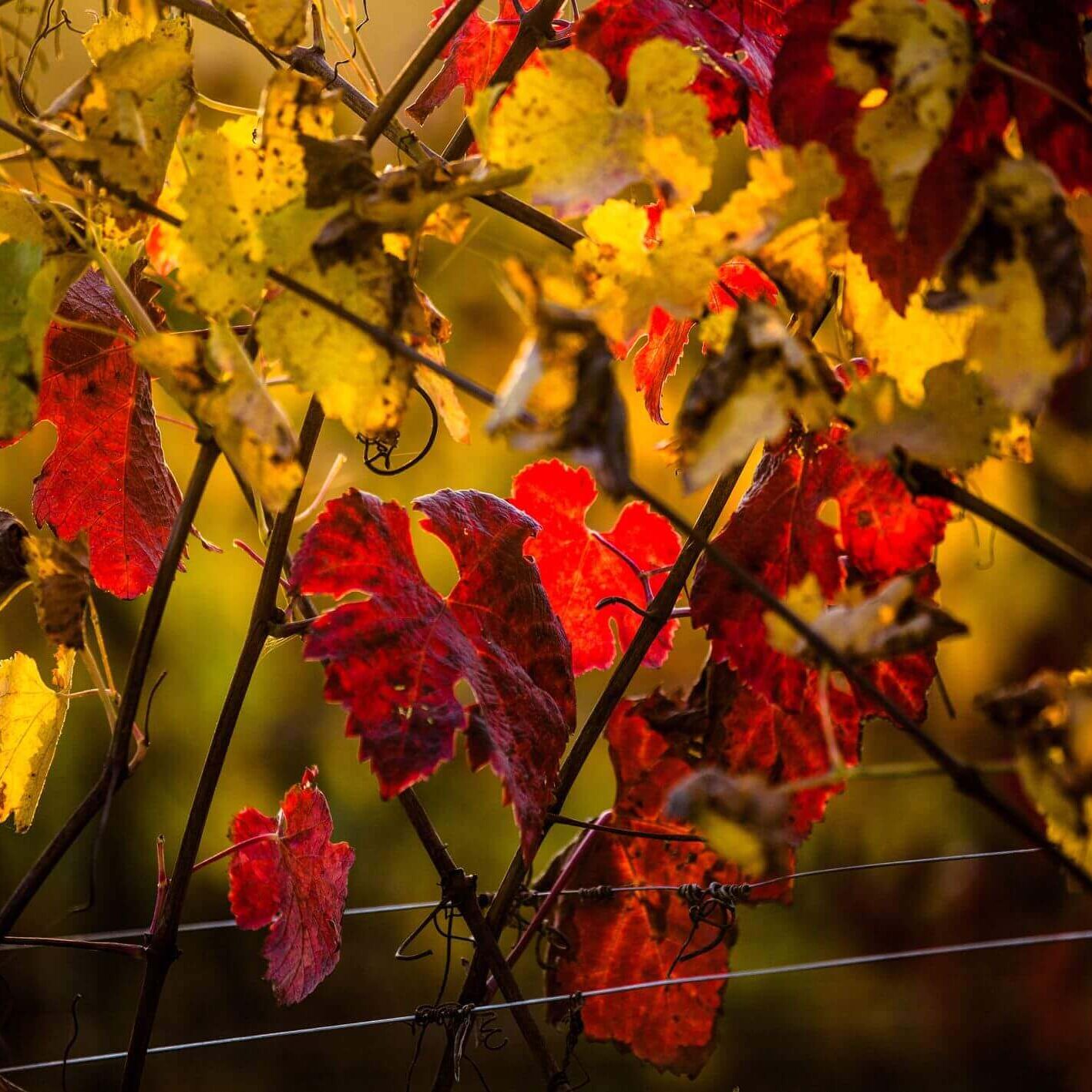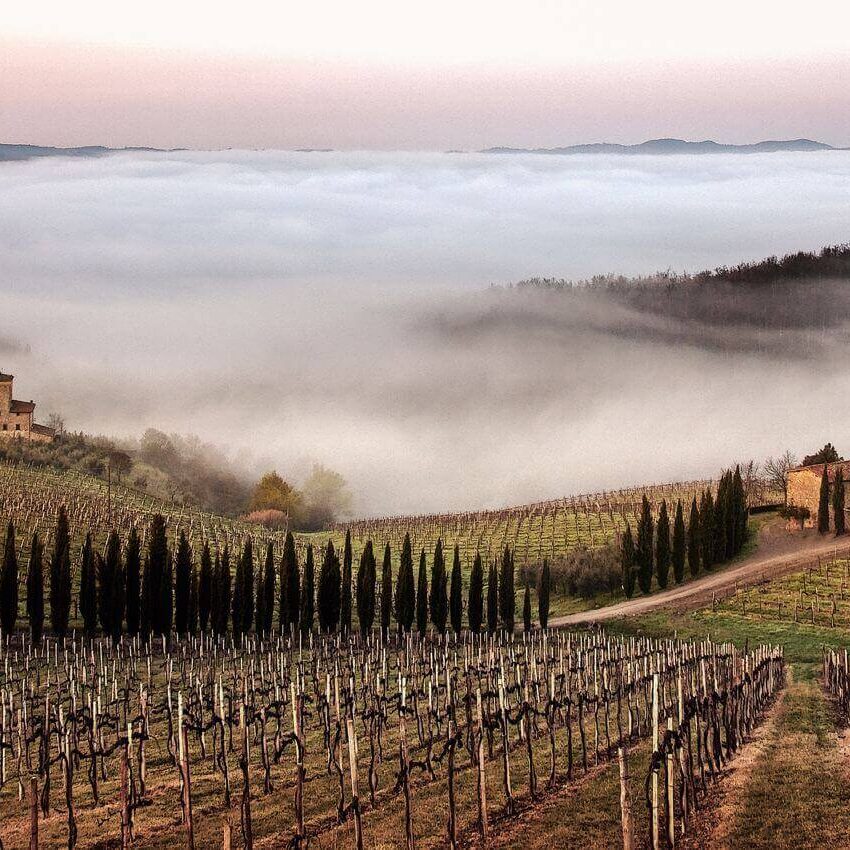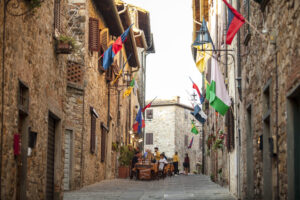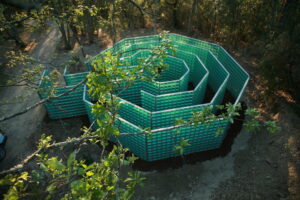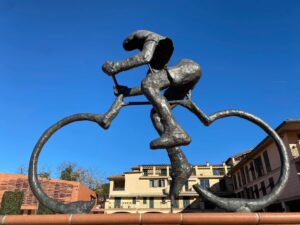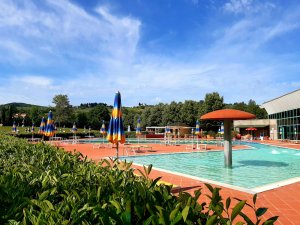Along the
Chianti footpaths
Step by step, immersed in the beauty of nature and on the trail of history, discovering the rural traditions, archeological sites and typical flavours at each milestone.
OUTDOOR / SPORT / NATURE / SLOW TRAVEL
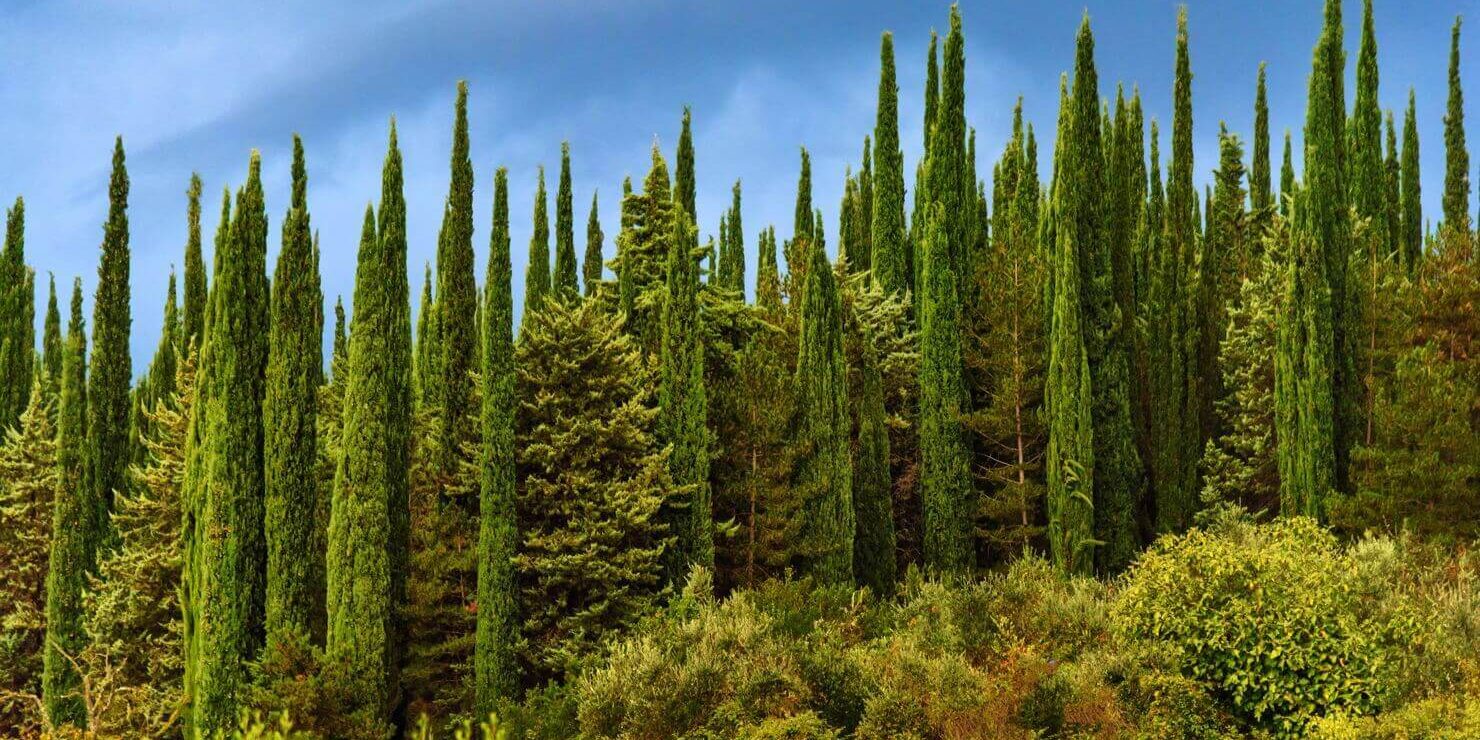
 hianti and its ancient roads, some of which reconnect with the history of spiritual, archeological and rural traditions of this land. The Passo dei Pecorai, for instance, in the Municipality of Greve in Chianti, is proof that all of the Chianti area was a land of passage: some itineraries are still the same that for centuries were the routes of transhumance, on which shepherds led their herds and flocks depending on the season, stage after stage, moving from the mild winter climate of Maremma to the green spring pastures of Casentino.
hianti and its ancient roads, some of which reconnect with the history of spiritual, archeological and rural traditions of this land. The Passo dei Pecorai, for instance, in the Municipality of Greve in Chianti, is proof that all of the Chianti area was a land of passage: some itineraries are still the same that for centuries were the routes of transhumance, on which shepherds led their herds and flocks depending on the season, stage after stage, moving from the mild winter climate of Maremma to the green spring pastures of Casentino.
There are a few places in the world like Chianti where the natural landscape becomes one with the millenary history.
There are quite a few footpaths that take you on the trail of the Middle Ages which left deep and still well-kept evidence among these hills. Walking between the hills of Castellina in Chianti and Radda in Chianti allows you to discover these small towns that in the Middle Ages belonged, together with Gaiole, to the Lega del Chianti, the political and military partition wanted by the Republic of Florence to administer its territories.
"A route on a ridge that offers unforgettable views and ancient finds of the Etruscan civilization"
Between Barberino Tavarnelle and Greve in Chianti some footpaths connect three extraordinary medieval towns. Montefioralle is listed among the most beautiful small towns in Italy; its small centre is enclosed by a wall that holds the ancient houses and the castle that dominates the hill from where you can enjoy a wonderful view. In the countryside below, the footpaths run through the vineyards and olive groves, among woods on the top of the hills, and peasant houses scattered in the estates.
After a few kilometres’ walk you are given a glimpse of the profile of the crenelated walls of an abbey of great beauty, Badia a Passignano, dating back to 1000 A.D. and maintained through the Renaissance times, surrounded by a natural area of forests and wide green spaces that enhance its spiritual appeal.
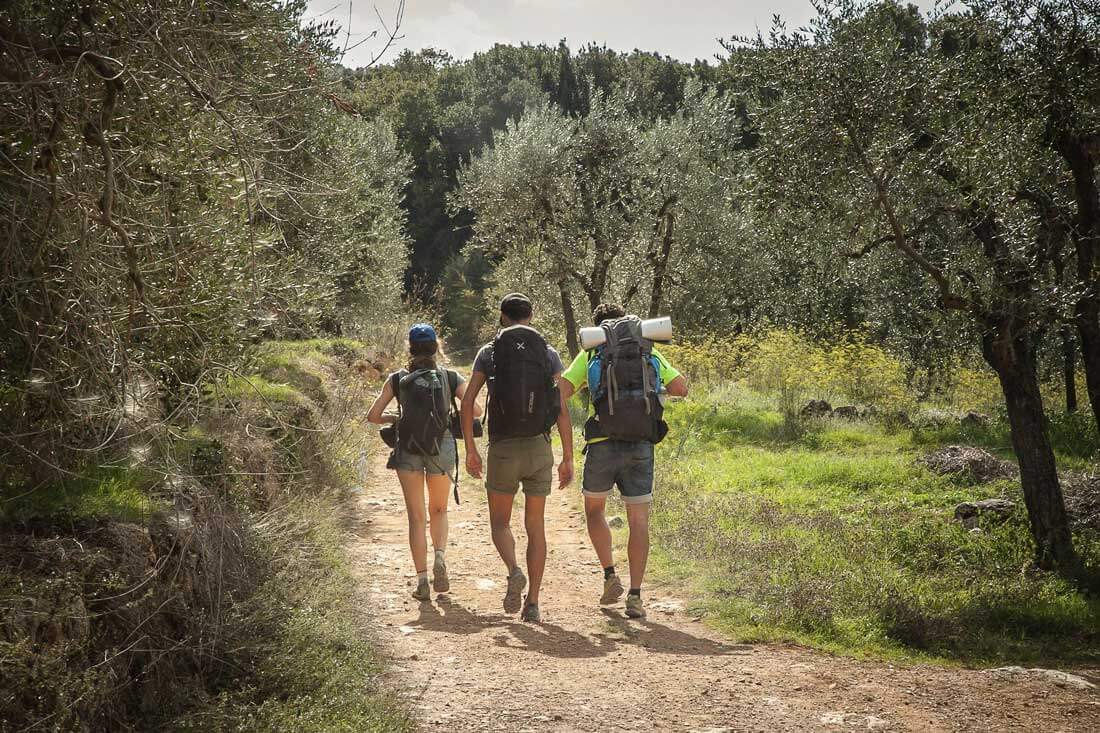
From this monastic estate, named after Saint Michael the Archangel, the footpaths take you to San Donato in Poggio, another Medieval town splendidly kept with its fortifications and the amazing “Torrino”, a watchtower built inside the walls.
The location of this town in ancient times was always strategic in relation to the routes of the Vie Romee which led pilgrims, wayfarers and merchants towards Rome. In fact, from the Florentine Gate and the Senese Gate, the two monumental entrances that cut across San Donato in Poggio, their ancient route can still be used today.
The Via Romea Sanese connects the historic centres of Florence and Siena, where it links to the Via Francigena, going through small towns and hills in Chianti on a route that often touches crests and offers unforgettable views and ancient finds dating back to the Etruscan civilization, such as the imposing sepulchres of Montecalvario at Castellina in Chianti and of Poggino at Fonterutoli. The whole route of the Via Romea Sanese is 80 km long and is divided into six stages; it is certainly one of the most beautiful and touching journeys from a historical and natural point of view, to enjoy step by step.
Chianti classico Hiking Network
Choose the itinerary most dated to your needs.
Discover Chianti,
naturally unique!
In the centre of the story between Florence and Siena, the countryside and the small towns of Chianti are rich with appeal and corners to discover.
Discover on

